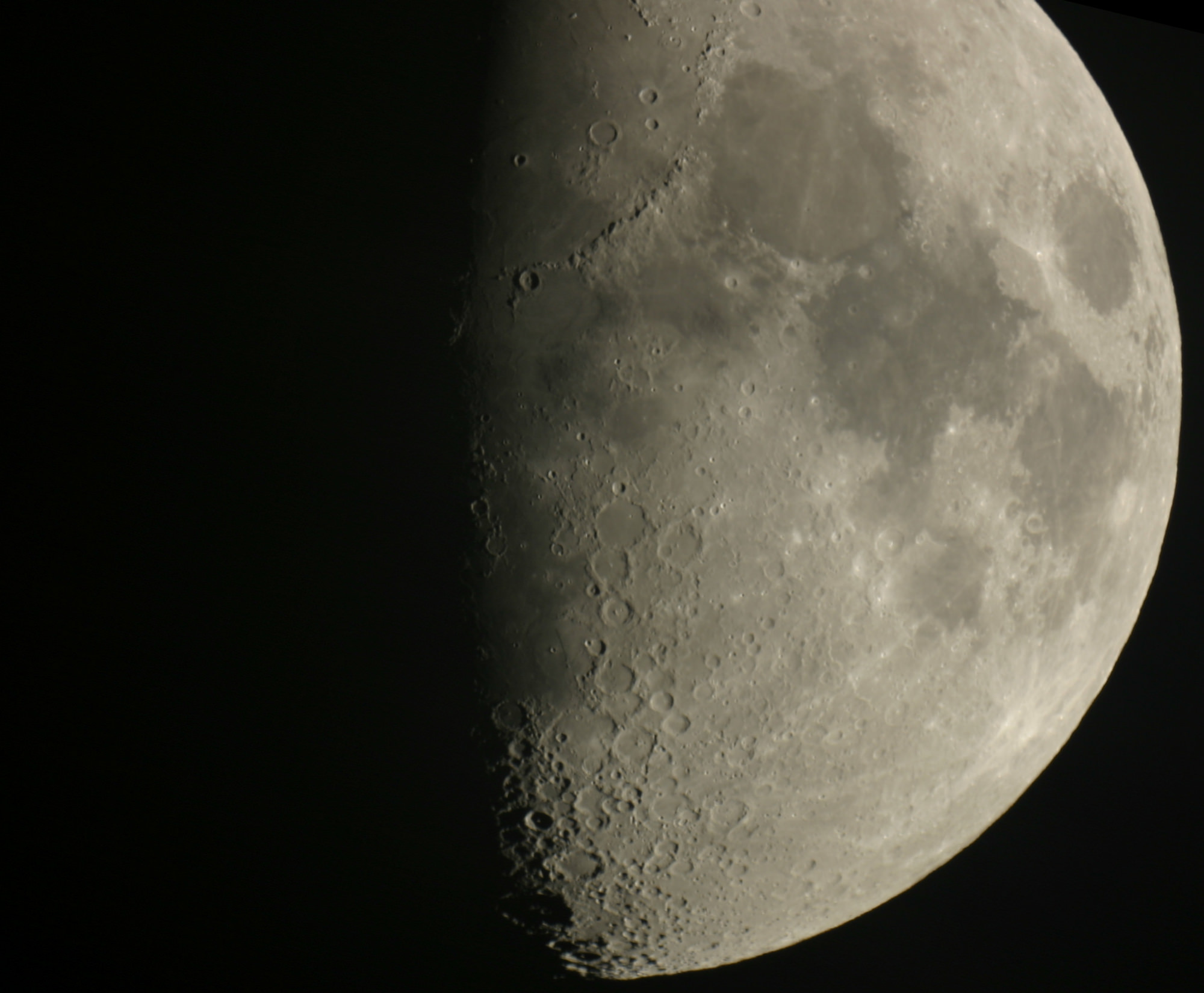[/caption]
A lunar month is the amount of time it takes for the Moon to pass through each of its phases (new moon, half, full moon), and then return back to its original position. It takes 29 days, 12 hours, 44 minutes and 3 seconds for the Moon to complete one lunar month.
You might have heard that the Moon only takes 27.3 days to complete one orbit around the Earth. So why is a lunar month more than 2 days longer than the orbit of the Moon?
A lunar month is the amount of time it takes for the Moon to get from a specific phase, like a new moon, back to the same phase. In other words, the Moon has to get back to the point in its orbit where the Sun is in the same position from our point of view. Since the Moon is going around the Sun with the Earth as part of its orbit, the Moon has to catch up a little bit on each orbit. It takes 2.2 additional days each orbit of the Moon to catch up.
This method of measuring a lunar month, from new moon to new moon, is known as a synodic month. A new moon is defined as when the Moon has the same ecliptic longitude as the Sun, as seen from the center of the Earth; when the Sun, Moon and Earth are perfectly lined up.
Were you interested in learning about a lunar day? Here’s an article from Universe Today about some strange things that can happen during the full moon.
Here’s a cool moon phase calculator from stardate.org.
You can listen to a very interesting podcast about the formation of the Moon from Astronomy Cast, Episode 17: Where Did the Moon Come From?

